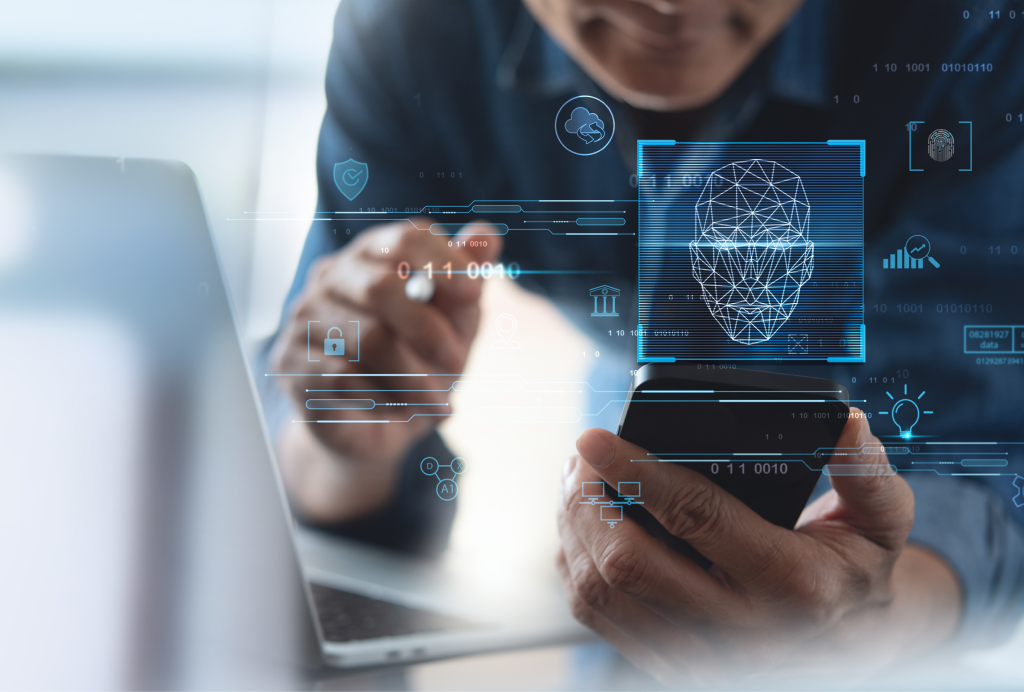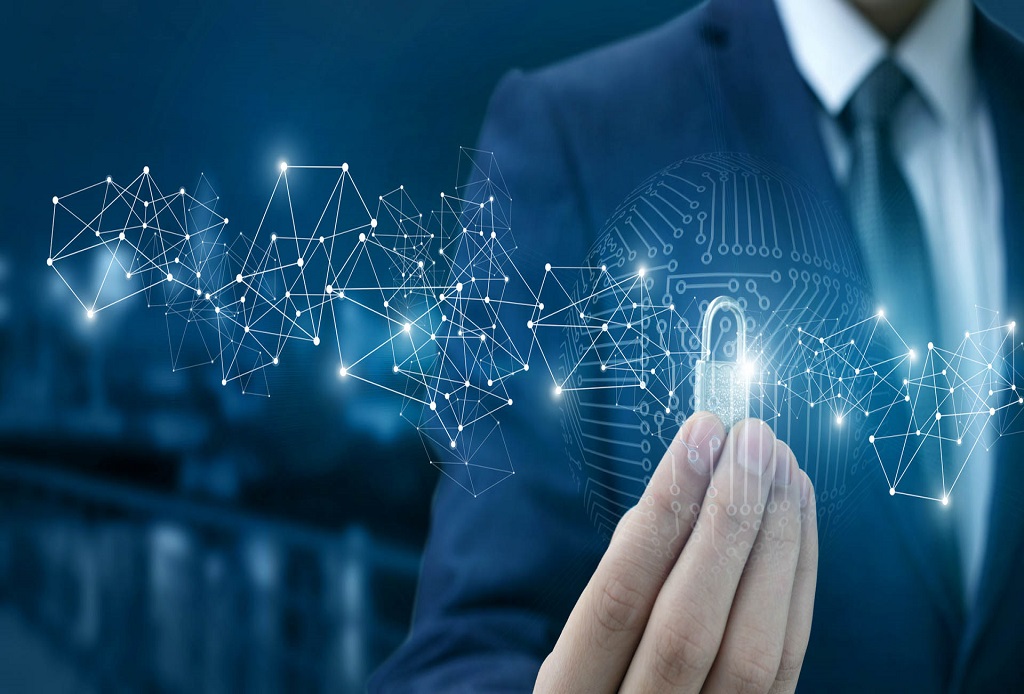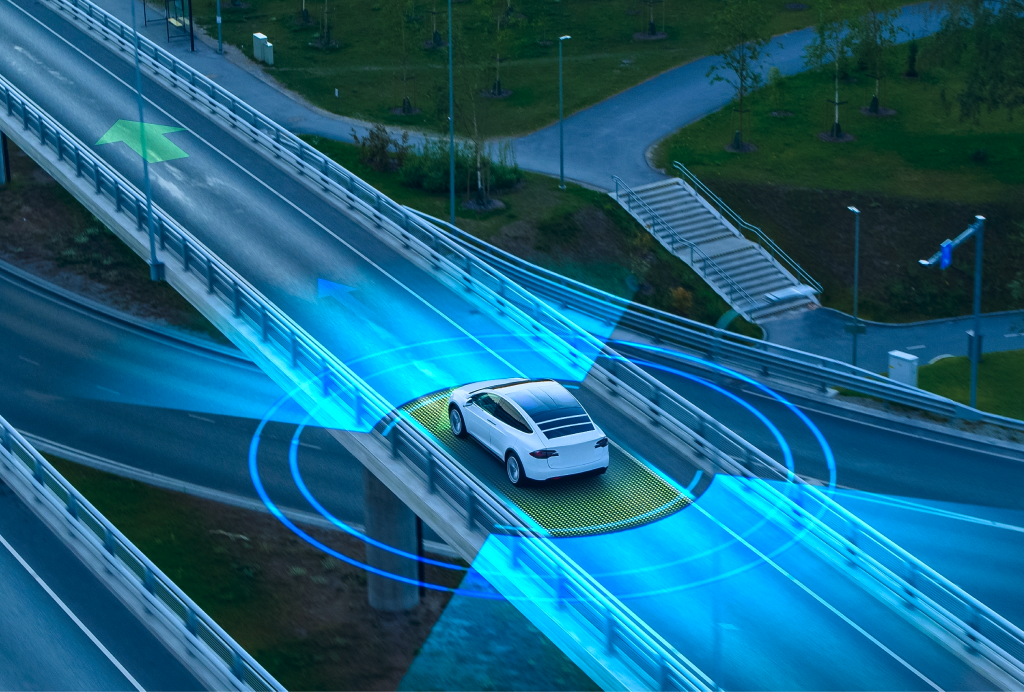Smart cameras have transcended traditional surveillance, evolving from passive observation tools into active security systems capable of real-time threat detection and response. Leveraging AI and advanced analytics, these cameras are revolutionizing how businesses and governments approach security challenges. This article explores how amazing Revolutionizing security with smart cameras could happen.
The Evolution of Smart Camera Technology
- Traditional Surveillance to AI Driven Systems
Conventional cameras relied on human monitoring, limiting their effectiveness. Today, AI powered smart cameras analyze video feeds in real-time, detecting anomalies and triggering alerts automatically. - Behavioral Analytics
Smart cameras can identify suspicious behaviors, such as loitering or unauthorized access, providing proactive measures to prevent incidents before they escalate.
Key Applications of Action Oriented Smart Cameras
- Intrusion Detection and Alarm Systems
AI enhanced cameras detect unauthorized entries and instantly alert security teams, reducing response times and mitigating risks. - Retail Theft Prevention
Retailers use smart cameras to monitor customer behaviors, detect shoplifting patterns, and optimize store layouts for better security. - Traffic and Crowd Management
In urban environments, smart cameras aid in managing traffic flow and monitoring public gatherings, ensuring safety and efficiency.
The Benefits of Action-Oriented Security
- Proactive Threat Mitigation
By automating threat detection, smart cameras enable security teams to act swiftly, minimizing damages and enhancing safety. - Operational Efficiency
Automated alerts and detailed analytics reduce the burden on human operators, allowing them to focus on strategic decision-making. - Data-Driven Insights
Smart cameras generate valuable insights for improving security protocols, reducing blind spots, and enhancing system performance.
Challenges and Considerations
- Privacy Concerns
The increased use of smart cameras raises questions about data collection and privacy, necessitating clear policies and ethical standards. - Infrastructure and Costs
Implementing smart camera systems requires significant investment in hardware, software, and maintenance, which may be challenging for small organizations. - Technology Integration
Ensuring compatibility with existing security systems and training personnel to use new technologies are critical for successful implementation.
Conclusion
Smart cameras are reshaping security, turning passive surveillance into dynamic, action oriented systems. By integrating AI and real-time analytics, these technologies empower organizations to proactively address security challenges. While challenges like privacy and cost remain, the benefits of enhanced safety and efficiency far outweigh the drawbacks, making smart cameras an indispensable tool for modern security.








